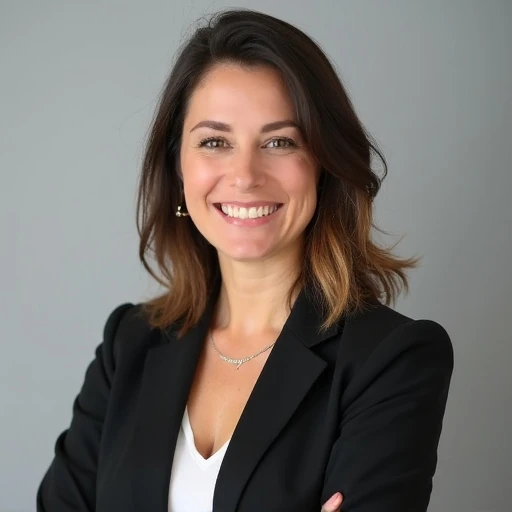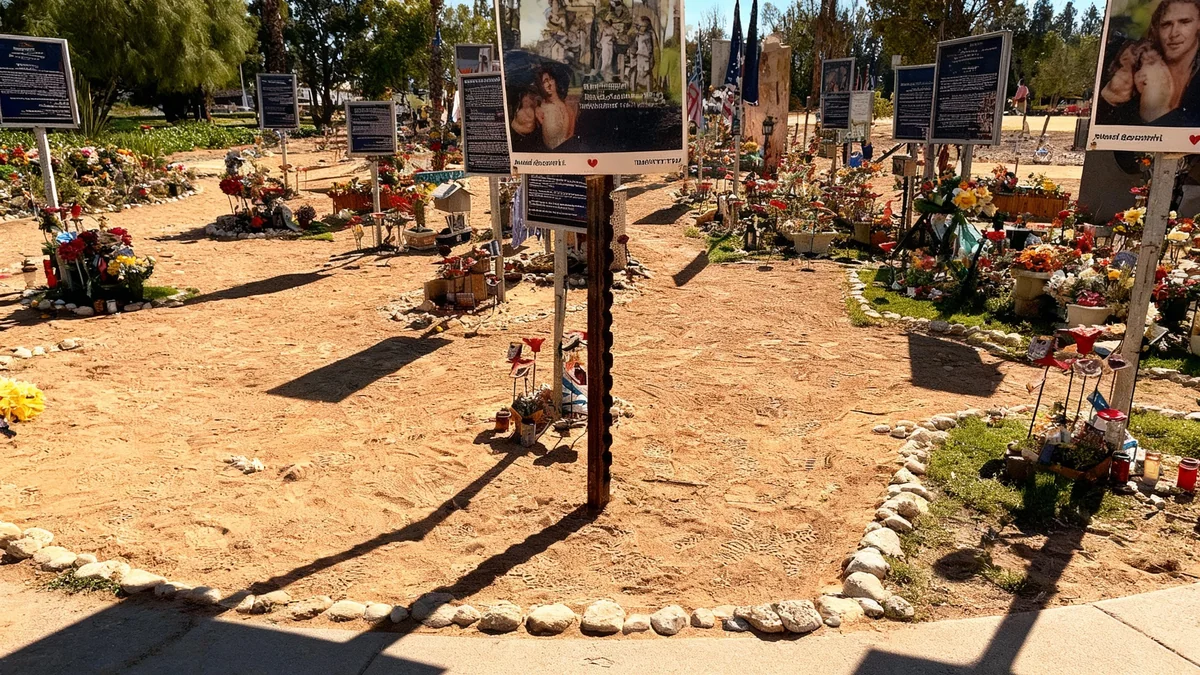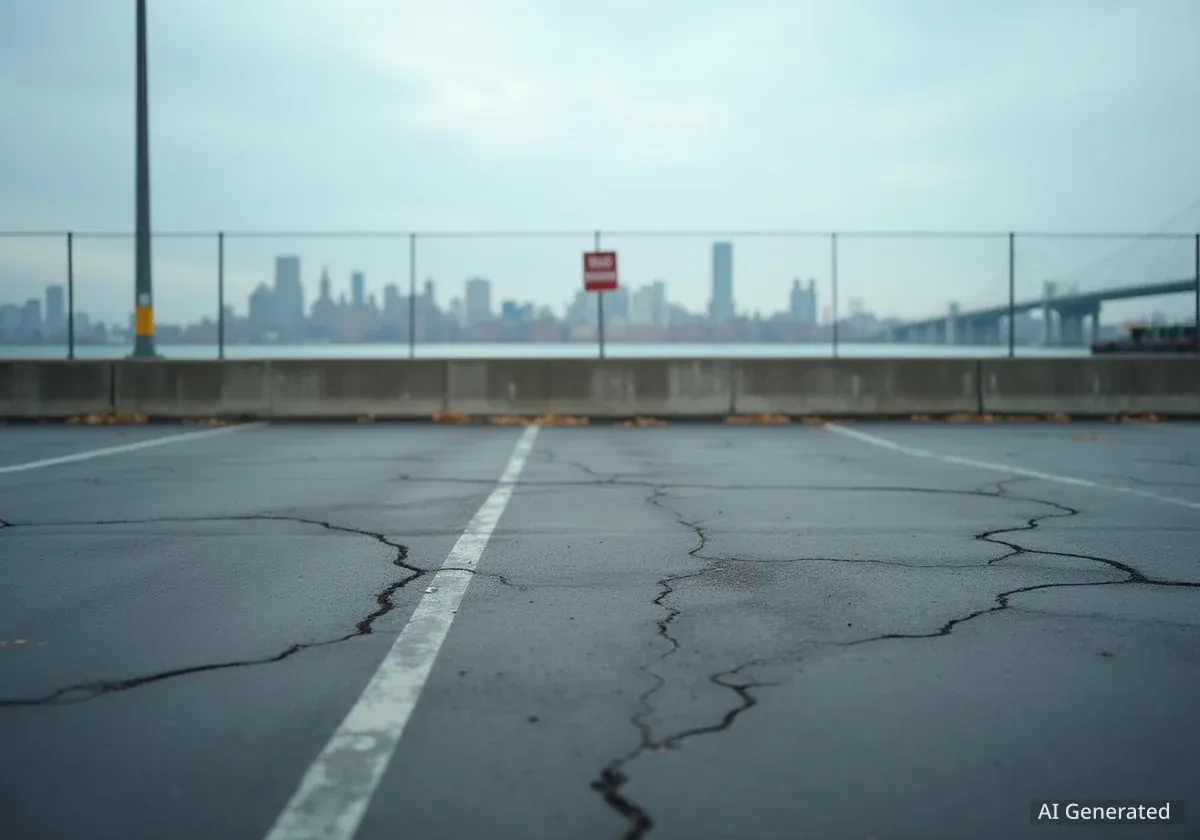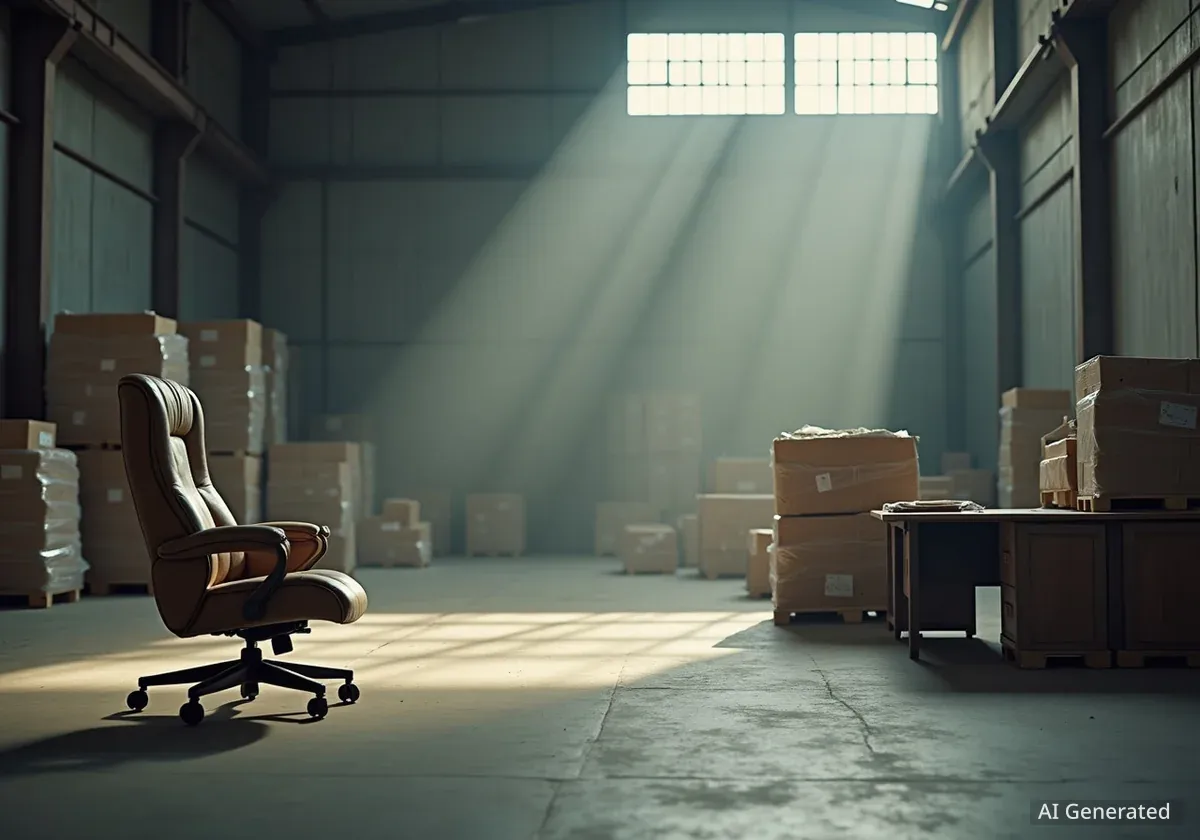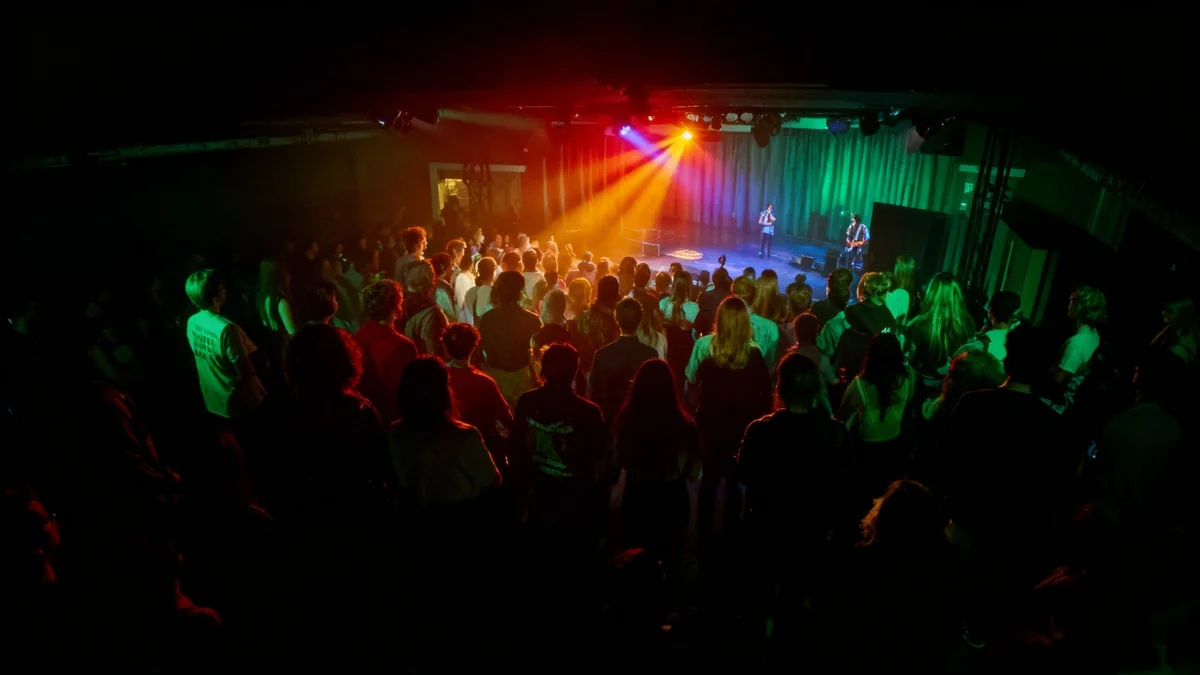At the site of the Nova music festival in Reim, a sprawling, informal memorial has taken root, drawing a constant stream of visitors to honor the lives lost on October 7. Among hundreds of personalized tributes, the starkly simple marker for a fallen Arab-Israeli paramedic raises complex questions about shared grief and national identity in a space of profound sorrow.
Wooden posts, each bearing the face of a victim, stand in rows across the landscape. Most are adorned with stories, poems, and personal mementos. Yet, the memorial for Awad Darawshe, a paramedic who died saving others, offers only his name and photograph, a silence that speaks volumes in a place defined by memory.
Key Takeaways
- An impromptu memorial site at the former Nova festival location in Reim has become a major destination for mourners.
- Tributes to victims include photographs, personal texts, flags, and mementos left by friends and family.
- The memorial for Awad Darawshe, an Arab-Israeli paramedic killed on duty, lacks the personal text found on most others, featuring only his name and photo.
- This disparity highlights ongoing complexities surrounding shared identity, national symbols, and collective mourning in Israel.
A Landscape of Personal Grief
The field near Kibbutz Reim, once a stage for celebration, is now a vast, open-air sanctuary of remembrance. Visitors navigate a sea of wooden posts, each a testament to a life cut short. The air is thick with a quiet reverence, as people pause to read the stories of the deceased.
Each memorial is unique. On one, a quote from an African proverb stands out: “If you want to go fast, go alone. If you want to go far, go together.” It is dedicated to Tomer Segev from Ra’anana. Below the photos, the ground is covered with offerings: ceramic red poppies, hand-painted stones, lanterns, and flags representing nations and beloved soccer teams. These items form a deeply personal connection between the living and the dead.
The tributes are a collaborative effort, constantly evolving as more friends and relatives make the pilgrimage. They leave behind crocheted items wrapped around the posts or burned-out memorial candles, tangible evidence of their visit and their enduring love.
The Story of a Hero
Among the hundreds of faces is that of Awad Darawshe. He was not a festival-goer but a paramedic on duty. When the attack began, he worked to save lives, treating the wounded amidst the chaos until he himself was killed.
Darawshe, a Palestinian citizen of Israel, was widely hailed as a hero in the days following the attack. His story became a symbol of shared humanity, of a man who fulfilled his professional and moral duty to help others, regardless of their background, in the face of unimaginable terror.
Who was Awad Darawshe?
Awad Darawshe was a 23-year-old paramedic from the Arab-Israeli town of Iksal. He was working for the Yossi Ambulances company at the Nova festival. Reports from the time confirmed he was treating wounded attendees when he was killed by Hamas operatives. His actions were seen as a powerful example of civic duty and courage.
His presence at the memorial site is a given; his heroism is part of the story of October 7. His picture and his name are rightfully placed alongside every other victim who perished in that field.
A Memorial Marked by Absence
Yet, Darawshe’s memorial post is different from most of its neighbors. While others feature paragraphs of text in both Hebrew and English celebrating the person's life and spirit, his displays only his name and photograph. There is no personal text. There is no Arabic script. Wrapped around the base of the wooden post is an Israeli flag.
This absence is striking. For many visitors, it creates a void, a silent space that invites difficult questions. The lack of a personalized narrative, a common feature for so many others, leaves his story incomplete in this public space. The Israeli flag, with its explicit Jewish symbols, presents another layer of complexity when affixed to the memorial of a non-Jewish citizen.
Symbolism and National Identity
The Israeli flag, featuring the Star of David, is a powerful symbol of Jewish identity and statehood. For many of Israel's non-Jewish citizens, including its Arab minority, the flag can represent a sense of exclusion from the national narrative. This tension is often debated within Israeli society, particularly in contexts of shared national mourning or celebration.
It is impossible to know the specific reasons behind the memorial's design. It may reflect the family's wishes or their own reservations about identifying with a site that has become a national symbol of Jewish grief. However, the visual result is a stark reminder of the challenges facing a shared society.
Shared Space, Separate Narratives
The memorial at Reim is a space intended for unity in sorrow. It is a place where the nation comes to remember all who were lost. The proverb on Tomer Segev's post—“If you want to go far, go together”—seems to encapsulate the ideal spirit of such a place.
However, the silent tribute to Awad Darawshe suggests that moving forward “together” remains a profound challenge. The complexities of identity, symbolism, and narrative are not erased by shared tragedy. In this field of memory, every detail matters—both what is present and, perhaps more powerfully, what is absent.
As visitors walk from one post to the next, they are not just reading about individuals. They are witnessing a society grappling with its own identity, even in the act of mourning its dead. The questions raised by one simple wooden post in a field in southern Israel resonate far beyond the quiet sorrow of the memorial itself.
